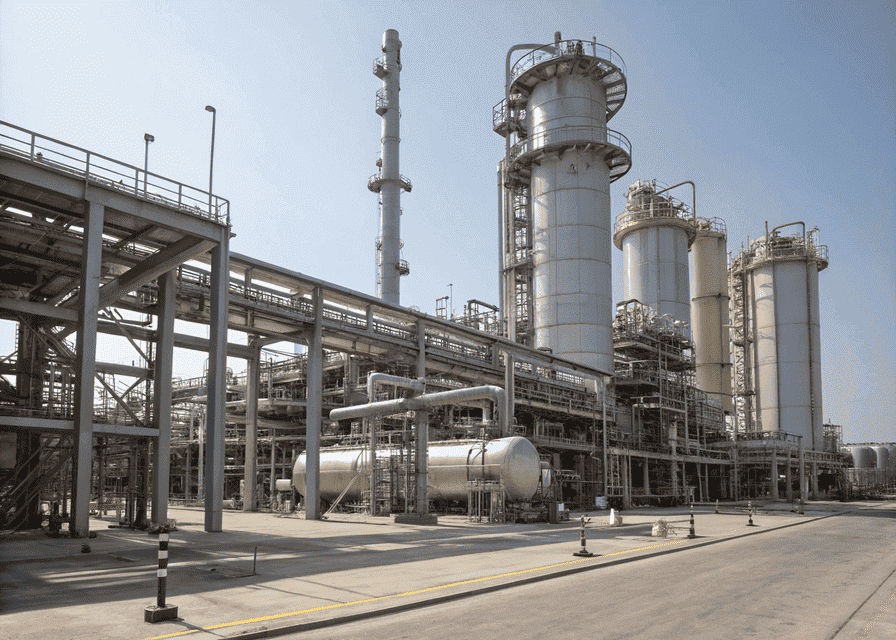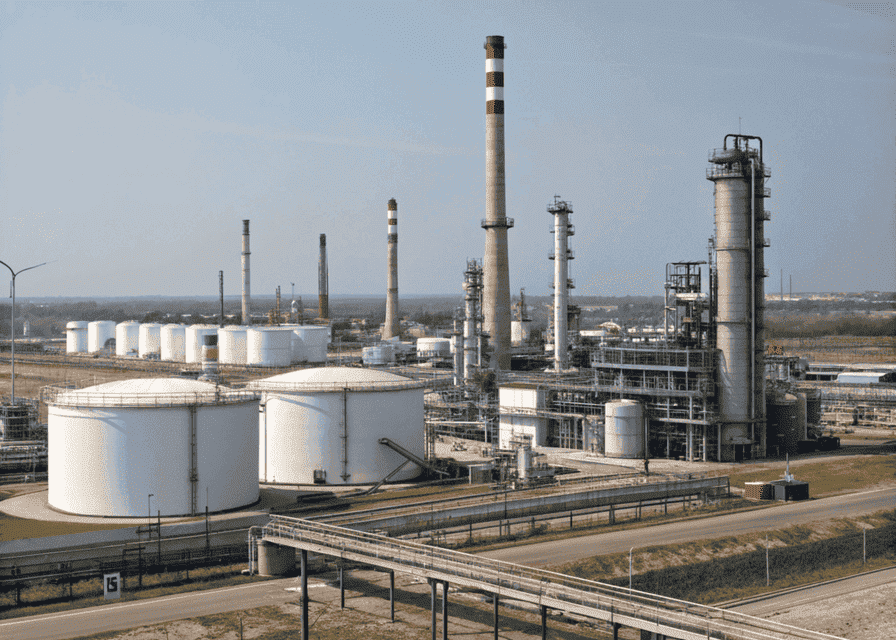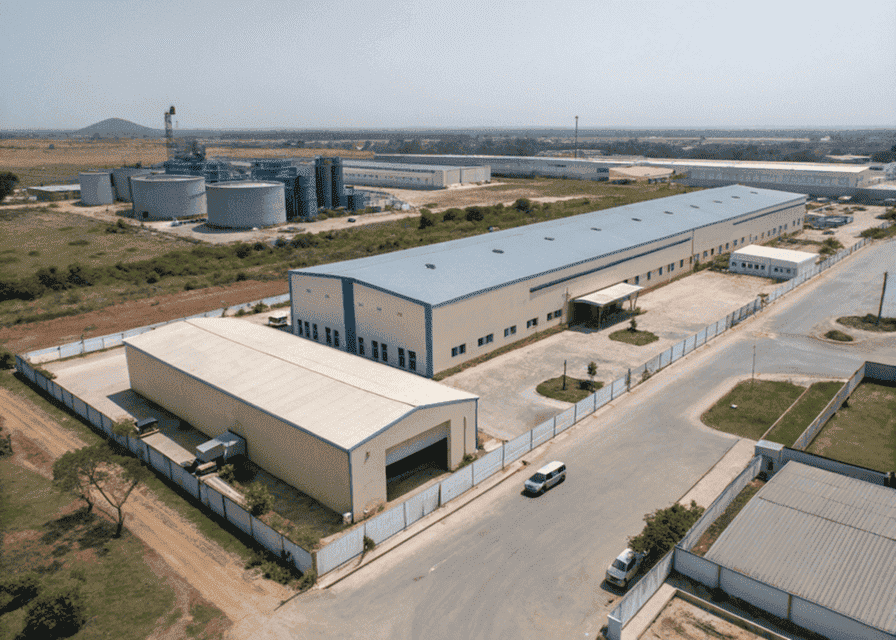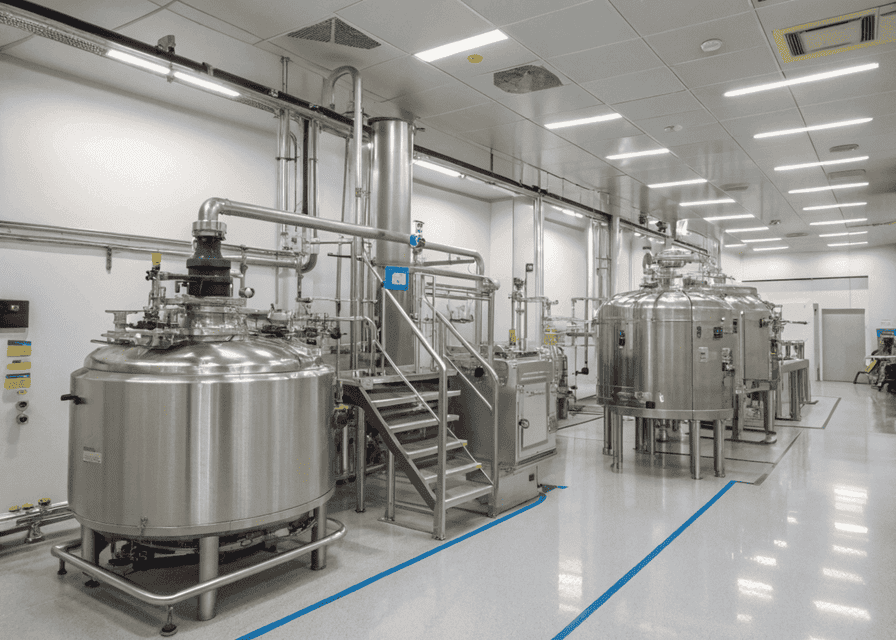As the world is moving towards greener and more sustainable energy solutions, bio gas production stands out as a key player in reducing the carbon footprint and utilizing organic materials effectively. At SES, we specialize in providing end-to-end EPC services for biogas production plants, from initial process design to full-scale implementation ensuring optimum efficiency.
Why invest in Biogas?
Reduced Greenhouse gas emissions :
Biogas is a renewable energy source produced through the anaerobic digestion of organic materials, such as agricultural waste, livestock manure, and dedicated energy crops like Napier grass (Pennisetum purpureum). This process not only generates energy but also provides a sustainable way to manage waste and reduce greenhouse gas emissions. SES ensures that every biogas plant we design captures maximum energy with minimal environmental impact.
Renewable Energy source:
A Biogas plant designed & constructed by SES ensures Biogas offers a continuous and reliable source of clean energy, reducing dependency on fossil fuels.
Efficient waste management :
Biogas production transforms organic waste into valuable energy. At SES, we design plants that handle agricultural residues and other organic materials, promoting a circular economy and waste reduction.
Sources of feedstock for Biogas production:
Biogas production can utilize a variety of feedstock sources, each differing in availability, energy content, and contribution to the anaerobic digestion process. Common feedstocks include agricultural waste, animal manure, and energy crops like Napier grass, maize, and sorghum. Additionally, food waste, municipal solid waste (MSW), agro-industrial waste, sewage sludge, and aquatic plants such as algae are frequently used. Selecting the right feedstock depends on factors such as local availability, location, and energy yield potential.
This blog focuses on biogas production using Napier grass as a sustainable and high-yield feedstock. Napier grass is gaining recognition due to its rapid growth, high biomass output, and suitability for compressed biogas (CBG) production.
Use of Napier Grass as feedstock
Napier Grass is recognized for its rapid growth, high yield, and efficiency in compressed BioGas (CBG Production. SES leverages its EPC expertise to design plants that use Napier grass as a cost-effective, sustainable feedstock for biogas production.
Advantages of Napier Grass for Biogas generation:
High Biomass Yield:
- Napier grass can produce significant amounts of biomass, making it one of ideal and feasible feedstock for biogas production. SES’s tailored plant designs ensure high-efficiency energy output. SES ensures that plants are optimized to maximize yield.
Nutrient-Rich:
- It is rich in lignocellulosic material, which contributes to the anaerobic digestion process.
Rapid Growth:
- Multiple annual harvests make Napier grass a sustainable feedstock choice. SES designs biogas plants to efficiently manage and process high volumes.
High Methane Content:
- With its high methane content, Napier grass is perfect for biogas generation. SES integrates advanced systems to capture and purify methane, delivering high-quality CBG.
Conclusion:
SES’s experience in the biogas industry ensures that every plant we design and construct maximizes output while minimizing environmental impact. From process design to detailed engineering and procurement to construction and commissioning, our team is dedicated to delivering sustainable energy solutions that drive the future of clean energy.









